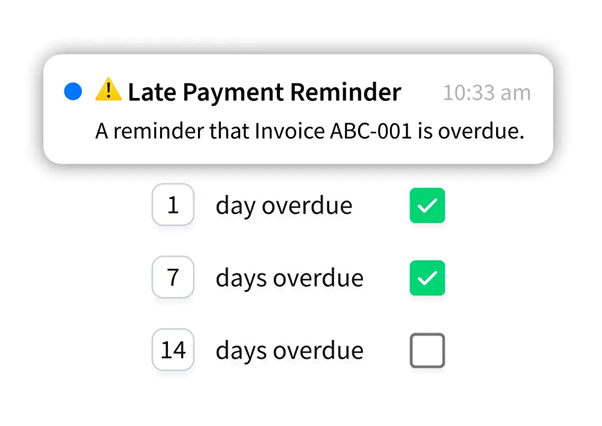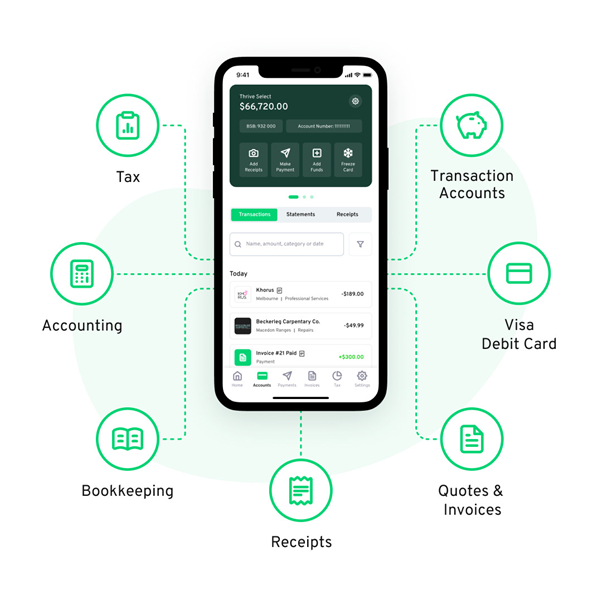Running a small business in Australia often involves more than just making sales. The crucial part is ensuring that payments are received promptly. Delays can severely impact cash flow, creating stress and financial strain. Quick collection of payments is essential to keep operations smooth and secure.
The good news is that there are strategies to bridge the gap between invoicing and payment receipt. By employing these methods, businesses can protect themselves from common financial pressures and improve overall efficiency.
The core issue: delayed payments
Business operations can hit a snag when there’s a delay in receiving payments. Costs like wages and other expenses can’t wait, and if income is sluggish, output also suffers.
Billing delays
Creating invoices by hand is time-consuming and can slow down the payment cycle. Automating this process can increase efficiency, as many software solutions can generate and send invoices right after a task is completed. These tools can even send clients reminders, reducing the need to chase outstanding accounts. Systems that confirm the delivery and receipt of invoices add an extra layer of clarity, minimising disputes about whether an invoice was received.
Tip: Utilising a system that dispatches invoices through SMS can ensure they are seen since texts are less likely to be missed than emails. Discover more about invoicing software that suits small businesses in Australia.
Unclear payment guidelines
Vague payment guidelines can lead to misunderstandings. Businesses need to communicate their payment expectations clearly, indicating whether payment is due in 7, 14, 30, or another number of days. Implementing a penalty for late payments can encourage timely payments. On the flip side, offering a small discount for early payment can entice clients to pay ahead of schedule.
Expert tip: If payments are fixed and predetermined, issuing an invoice before the job concludes can encourage quicker payments, as some clients will pay promptly once they receive it.
Familiarity with customer protocols
Some clients, particularly larger entities, have slow payment procedures. It’s critical for businesses to align their billing cycles with client payment practices to avoid unnecessary delays. Conducting credit checks on new clients is also wise to avoid situations where clients cannot meet their payment obligations.
Following up on overdue accounts
Dealing with unpaid invoices isn’t anyone’s favourite task, but it’s a necessity. It helps to utilise systems that alert when a payment is due, prompting a gentle reminder email or message. If this gentle prodding isn’t effective, a more direct follow-up might be necessary, be it a phone call or a formal notice. If unpaid bills become a regular problem, using invoicing software with an automated reminder feature can be a viable option.
Our hot take: Creating a dedicated email account for reminders can make overdue notices seem like they are coming from an internal accountant, thus helping keep professional relationships intact.

Facilitating client payments
When payment methods are straightforward, clients are more likely to settle their invoices swiftly. Offering multiple payment options such as BPay, bank transfer, credit card, or PayPal can make things easier for them. Keeping a positive and respectful relationship with clients also encourages them to prioritise payments.
External influences
Market conditions and specific client challenges can contribute to payment delays, sometimes beyond the control of businesses. Keeping informed about industry trends and maintaining open communication can assist in navigating these situations. In cases where clients face financial struggles, proposing a payment plan can help maintain cash flow, even if it’s incremental.
The results of your hard work: Implementing solutions
Use modern tools
Adopting modern tools can make managing cash flow much easier. Software combining invoicing, tracking, and payment reminders can save time and stress. Many options, such as Thriday, are specially made for businesses in Australia, so it’s about finding the one that fits best. This allows businesses to get paid faster and enhance their cash flow.

Be open and just
It’s crucial to clearly state payment terms on invoices and online platforms. Setting clear expectations helps avoid misunderstandings about late fees or penalties. Clients should be informed from the beginning to prevent any surprise charges. This clarity ensures everyone knows what to expect.
Make it personal
Businesses should aim to be more than just a name on an invoice. Establishing a strong connection with clients makes a significant difference. When clients feel a personal relationship exists, they are more likely to respond positively to payment reminders. It is about fostering trust and familiarity.
Professional follow-up
Setting up reminders to follow up on unpaid invoices is vital. This process should be handled professionally and with courtesy yet remain consistent. Like they say, “The squeaky wheel gets the grease”. Staying persistent often leads to timely payments and improved cash flow.
Provide benefits
Offering benefits like early payment discounts can encourage prompt invoice settlement. It shifts the focus from penalising late payments to rewarding punctuality. These incentives can be a powerful tool for maintaining steady cash flow and motivating clients to pay on time.
Prepare for difficult times.
Businesses must also prepare for potential challenges. Keeping a financial buffer can help you steer through tough periods without strain. Diversifying the client base ensures that if one client faces trouble, it doesn’t significantly impact the entire business. Being ready for any situation helps keep operations smooth and stable.
Frequently asked questions
What actions help bring money into the business quickly?
Businesses can adopt various tactics to boost cash inflows. Offering multiple payment methods ensures convenience for customers, leading to quicker payments. Discounts for early payments can also be enticing. If the billing costs are predictable, invoices can be issued before work completion, prompting early customer payments.
How do companies effectively handle a cash flow emergency?
When facing a cash flow crisis, companies should assess their expenses and cut unnecessary costs. Negotiating better terms with suppliers can help defer payments. Additionally, businesses might consider short-term financing options like overdrafts to cover urgent expenses. Consulting with financial advisors can offer guidance during tough times.
How can businesses facilitate faster payments from clients?
Businesses can speed up client payments by offering simple payment options and sending automated payment reminders. Providing incentives such as discounts for early payments encourages timely settlements. Before taking on new clients, it’s wise to review their payment history to avoid issues with late or non-payments.
What solutions help small businesses counteract tight cash flow?
Small businesses can combat tight cash flow by monitoring their financial health closely. Implementing regular financial reviews helps them stay on track. Prioritising payments efficiently reduces tied-up capital. Building a financial buffer can provide peace of mind during slow periods.
What strategies address problems associated with poor cash flow?
To tackle poor cash flow, analysing revenue streams and finding ways to diversify income can be effective. Businesses could explore alternate funding sources, like government grants or investor partnerships. Refining pricing strategies and enhancing marketing efforts can also bring in additional revenue streams to improve overall financial footing.





